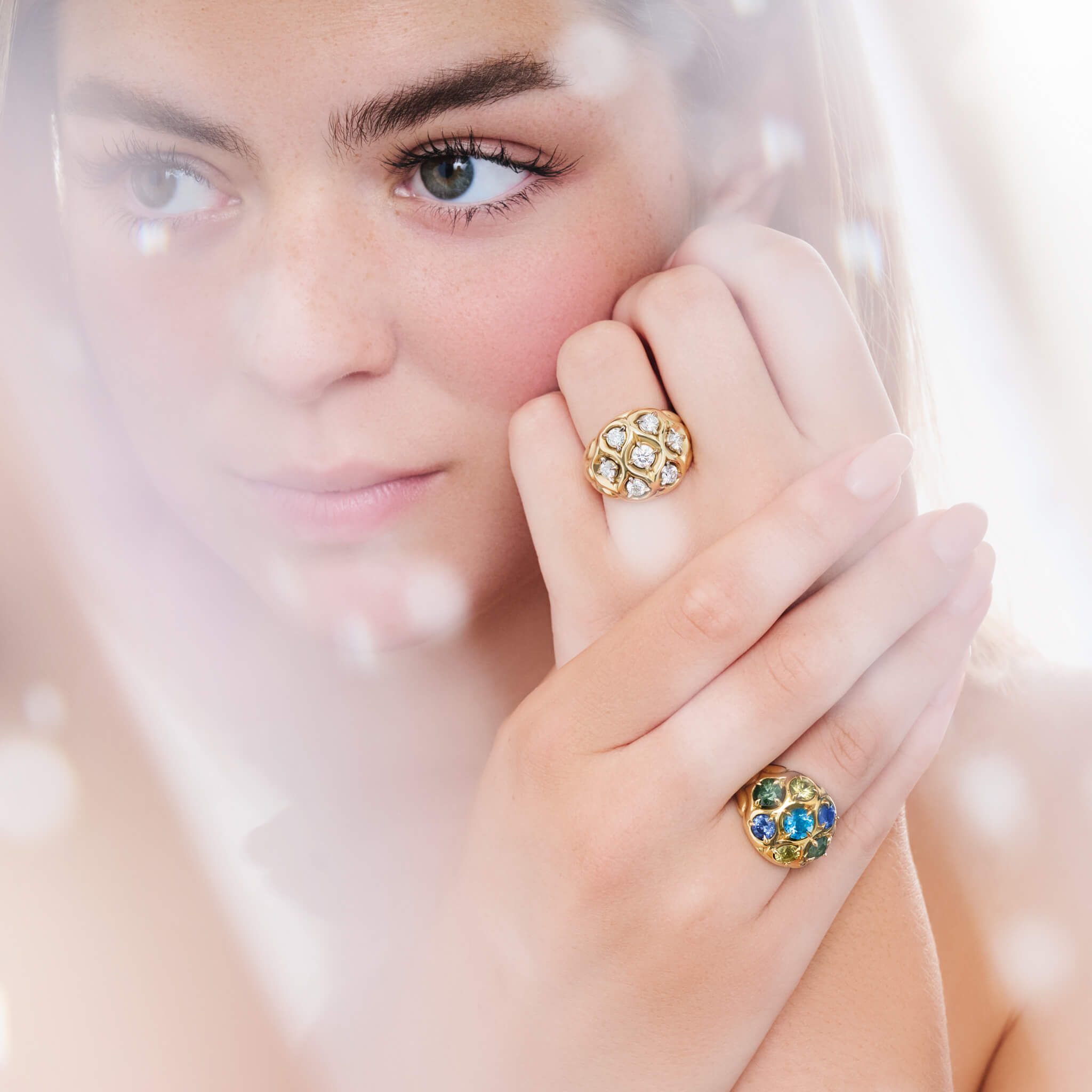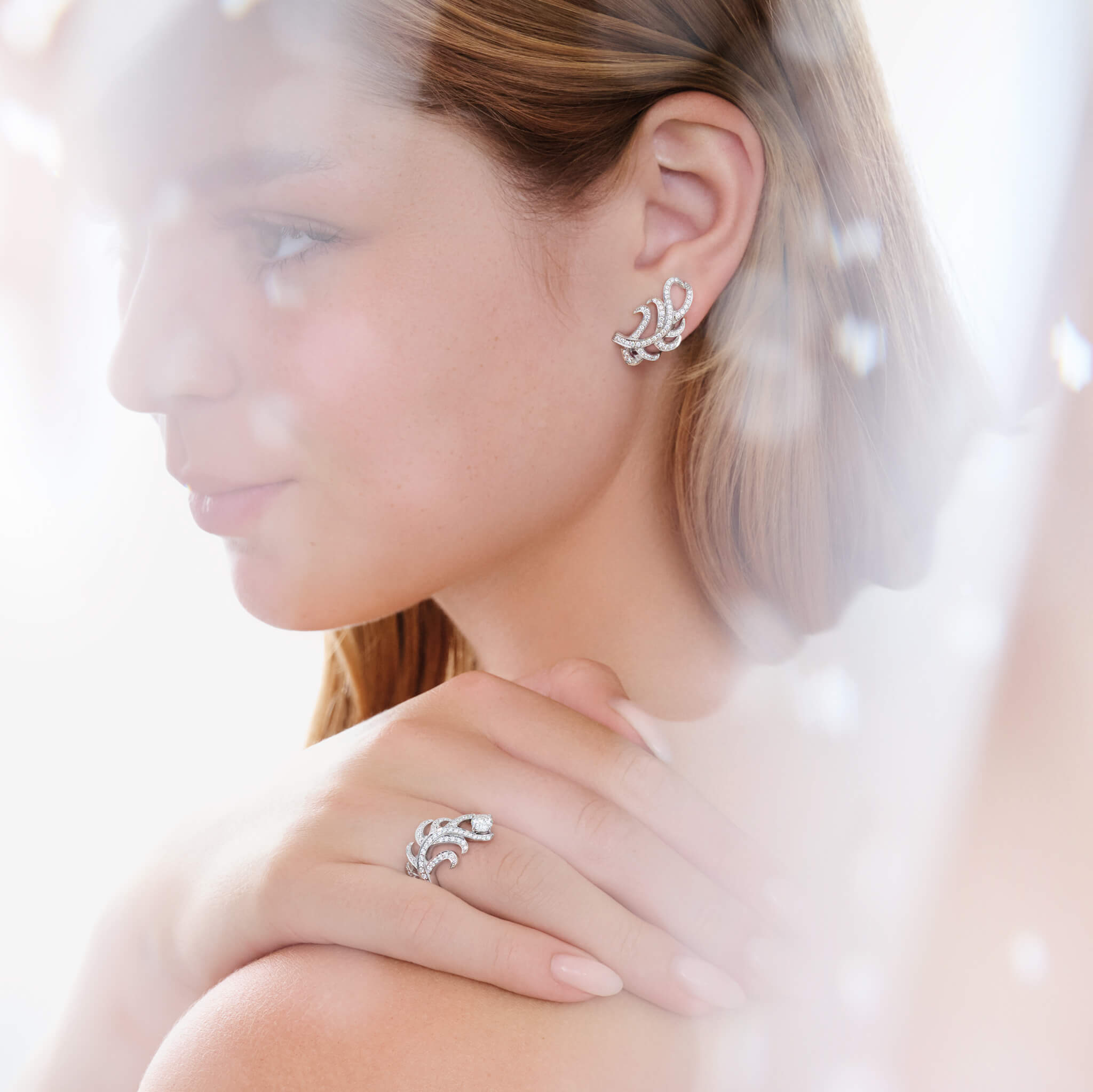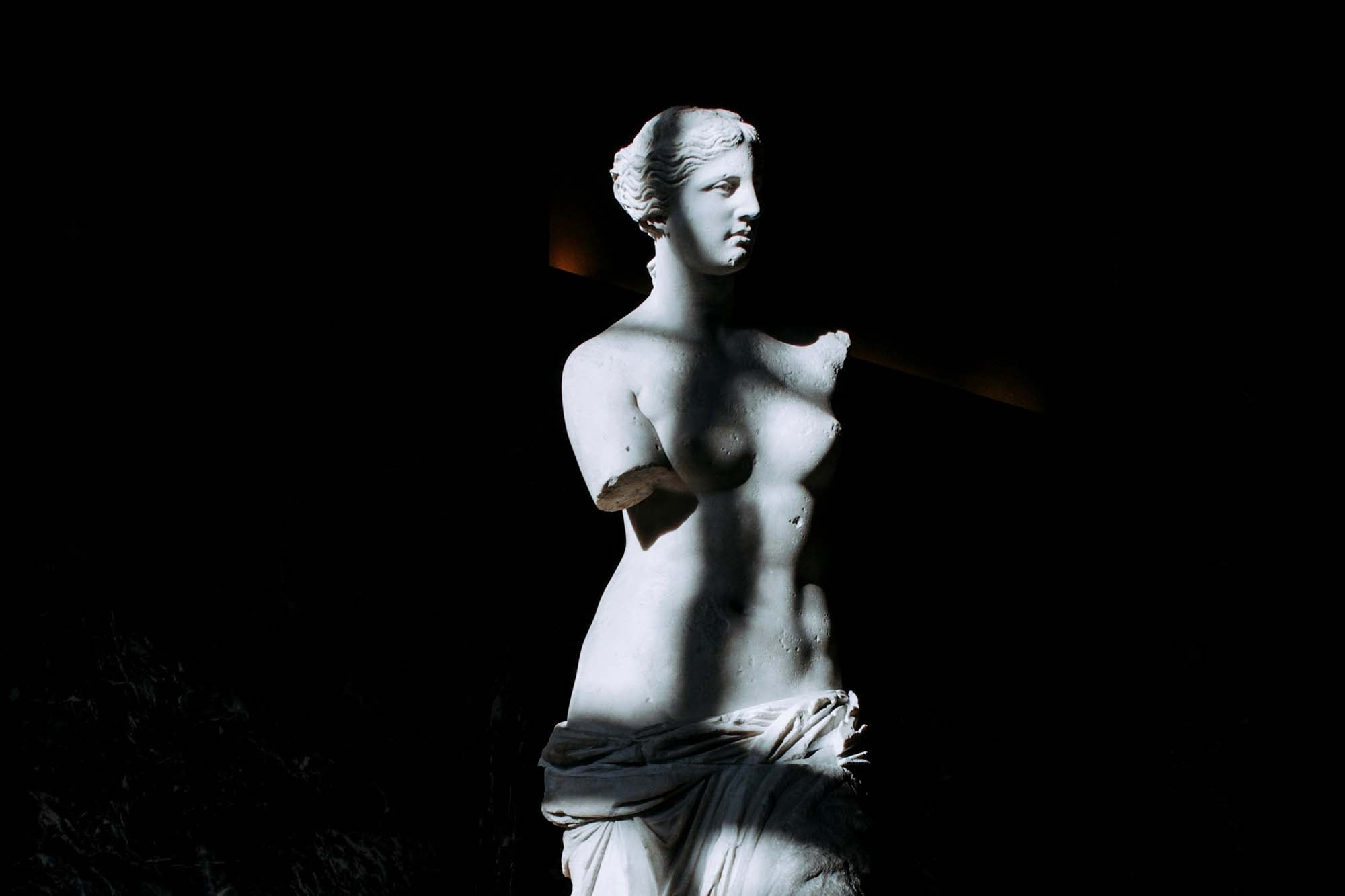
From the Greek island of Milos to the Louvre: the Story of a Travelling Goddess
One doesn’t usually stumble upon a goddess, unless you’re Yorgos Kentrotas, a 19th-century farmer who found one buried on Milos after 2,000 years. Such was the case in 1820, when Yorgos uncovered the now-famous Venus of Milo.
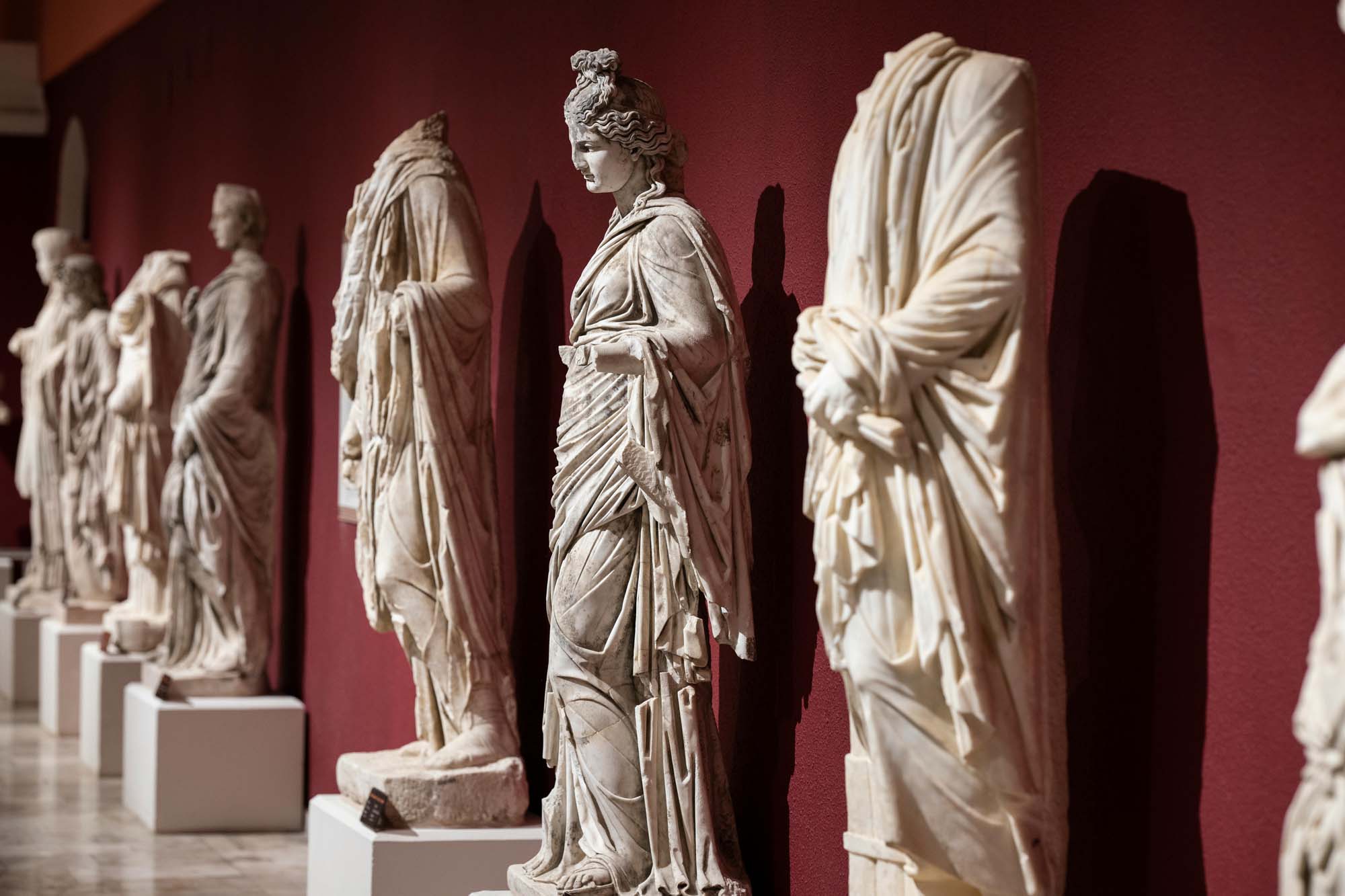
The French ambassador to Greece, le Marquis de la Rivière, upon hearing of the discovery, immediately bought and subsequently gifted the statue to Louis XVIII. Today, she stands as one of the Louvre’s most recognisable residents, beside the Winged Victory and Mona Lisa.
At two meters tall, her face perfectly follows Greek ideals - three times the length of her nose. Yet she remains softly irresistible - the poetry of Hellenistic sculpture: serene, sculptural, seductive.
A lesser-known detail: Venus was carved not from one piece of marble, but two. The join between the torso and the legs is difficult to see as it is brilliantly hidden by the sculptor with the drapery around the hips.
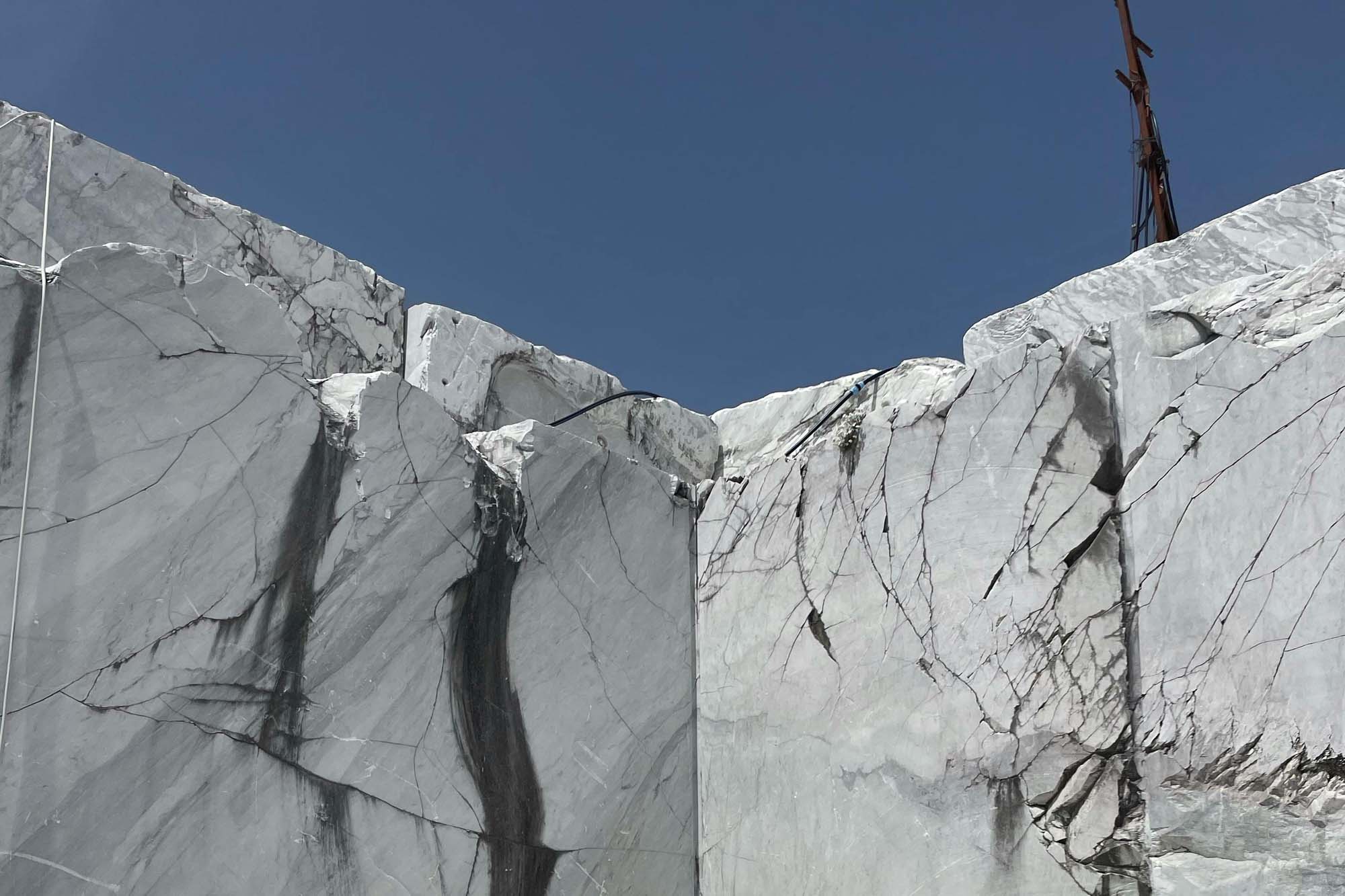
Her fame stems partly from her sculptural beauty - a Greek original from 120–110 BCE. But timing helped: the Louvre had recently been emptied of Napoleon’s looted trophies; many returned to Italy. Venus arrived just in time to fill the void.
As a gemmologist, Cassandra has long been drawn to materials and how they hold time and memory. Her fascination deepened after reading Rachel Cusk’s Marble, a meditation on marble’s journey from imperial showpiece to design staple. One line from the book lingered with her:
"What makes a certain thing last, while others decay and are forgotten? Perhaps what lasts is what continues to fit in the human story, what we can bend to our subjective understanding of who we are… Time strips the objects, revealing it for the achievement or mistake that it was. But what becomes of its intention?"
Rachel Cusk, Marble in Metamorphosis
Read more
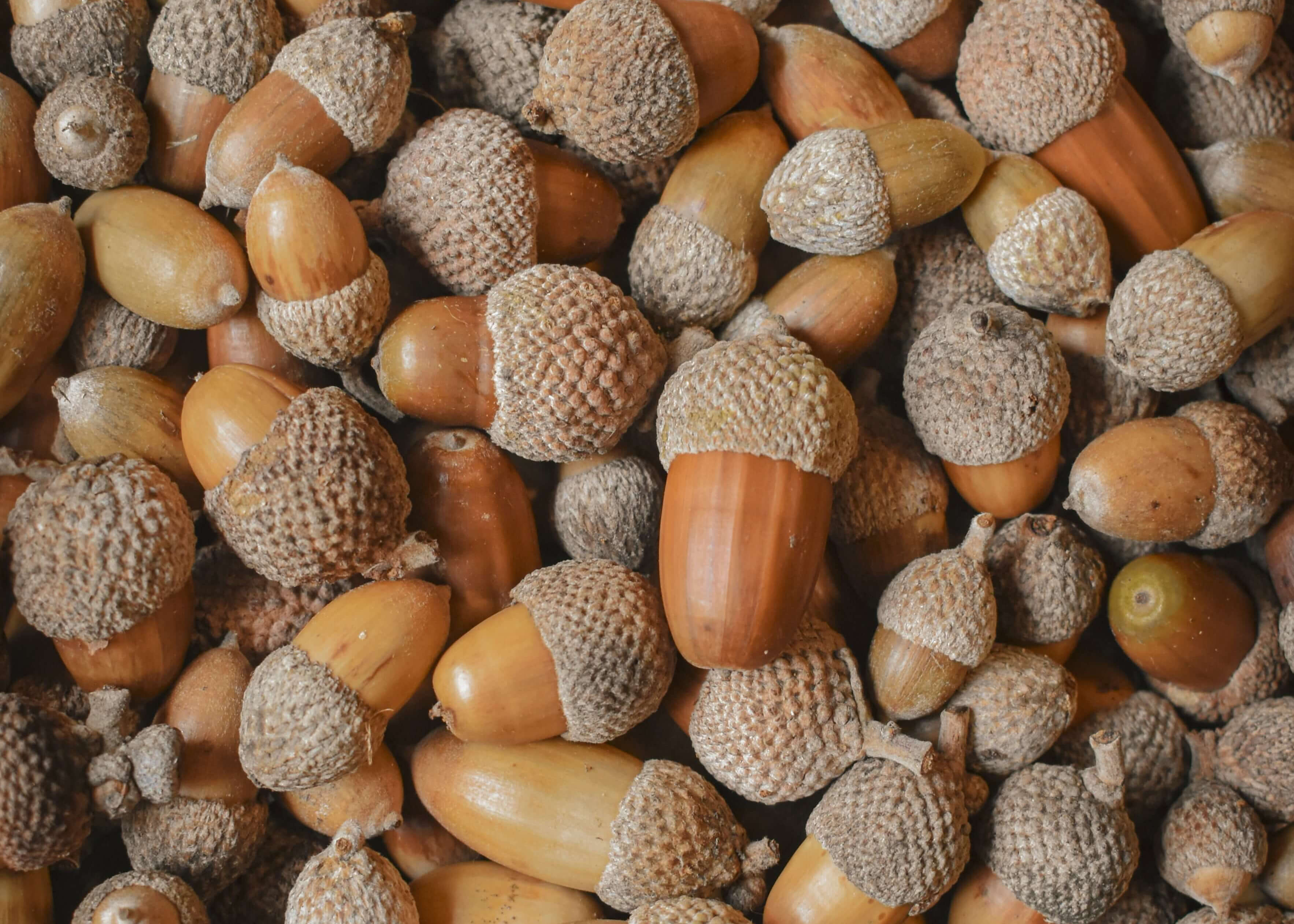
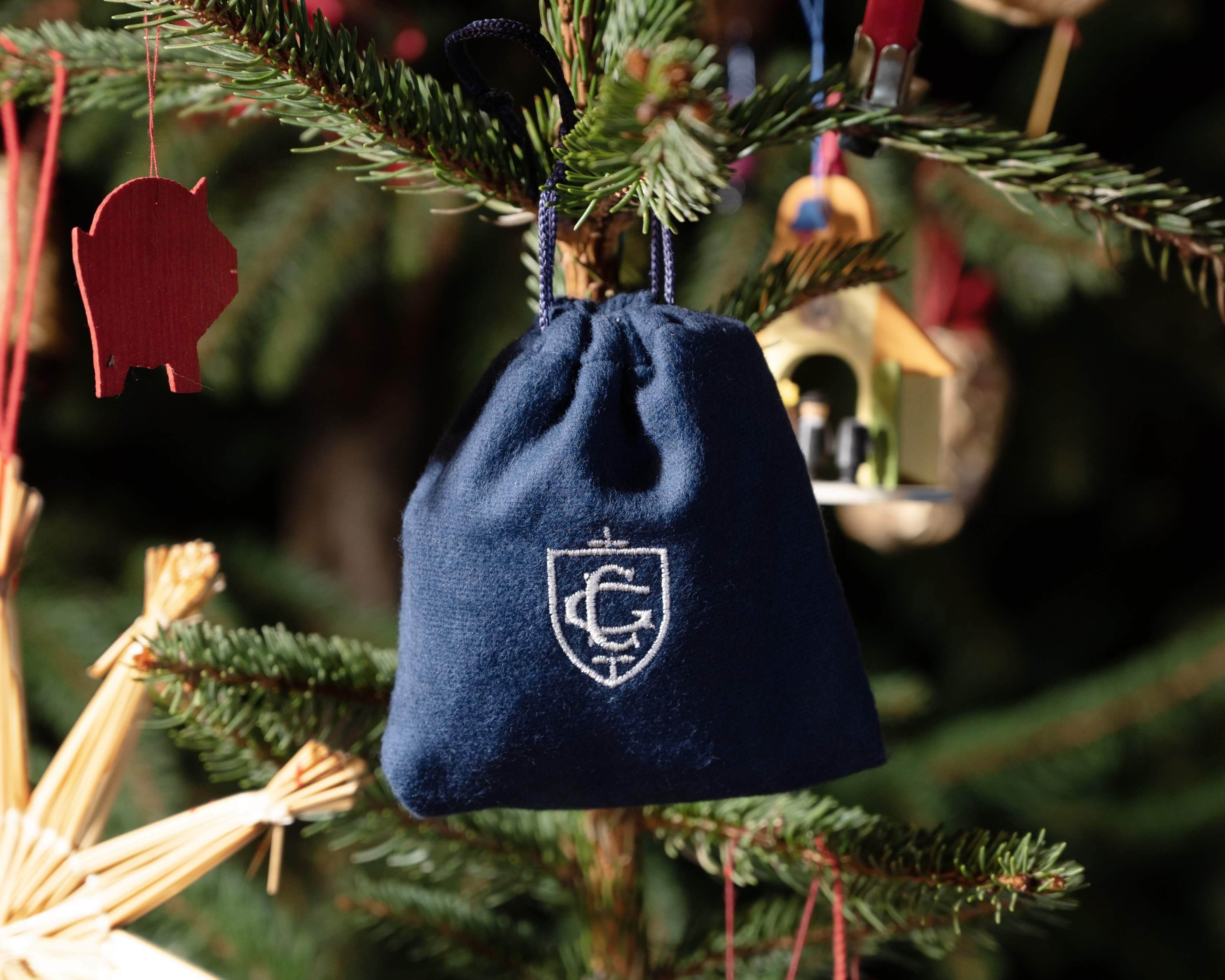
Cassandra shares her festive favourites, from stocking fillers to cherished traditions, and how she combines family, luxury and giving back this Christmas.
Read more
Cassandra's Guide to London in the Winter
Explore Cassandra’s ultimate winter guide to London - from cosy spots to dine to the most magical things to see and do this festive season.
Read more
